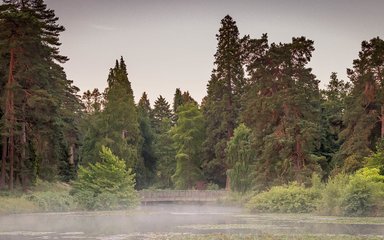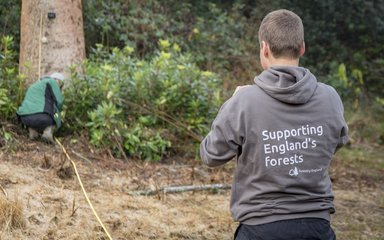The Bedgebury National Pinetum Florilegium Society is a dedicated group of volunteer botanic artists committed to capturing the beauty and scientific detail of rare, notable, and endangered trees in the National Pinetum. Using living specimens as their inspiration, they create exquisite botanical paintings and drawings that serve as an enduring visual record, carefully preserved in the pinetum’s archive for study and appreciation.
As part of Bedgebury’s centenary celebrations, the Society’s work is proudly featured in The Power of Trees exhibition at the Royal Botanic Gardens, Kew. These stunning artworks are also showcased in an interactive botanical art trail in the National Pinetum, allowing visitors to view the artworks alongside the very trees that inspired them offering a truly immersive experience of art and nature.
Image Gallery
Click the thumbnail buttons below the large image to view the different images full size.
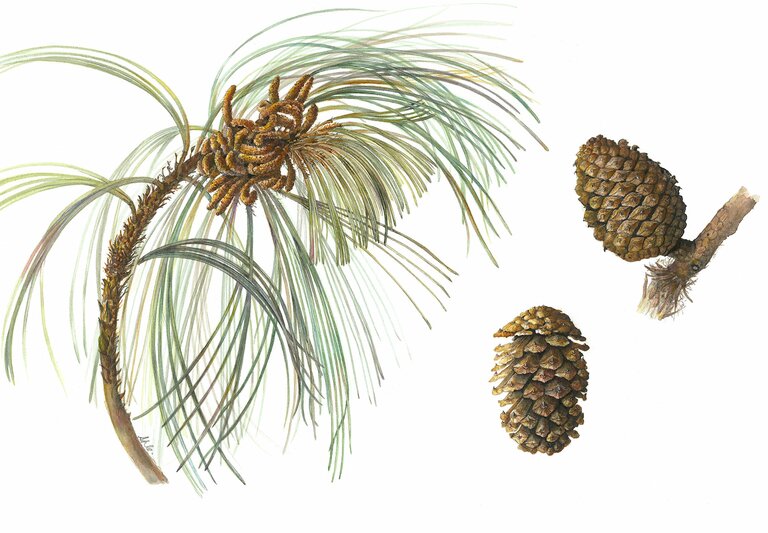
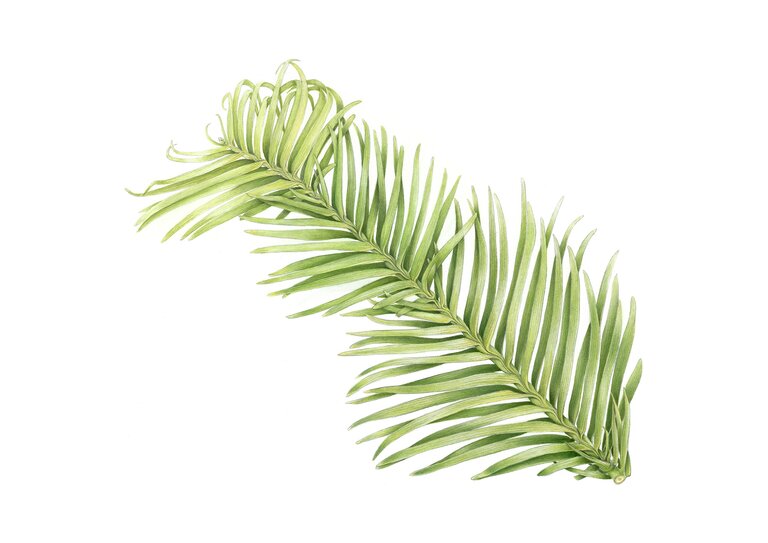
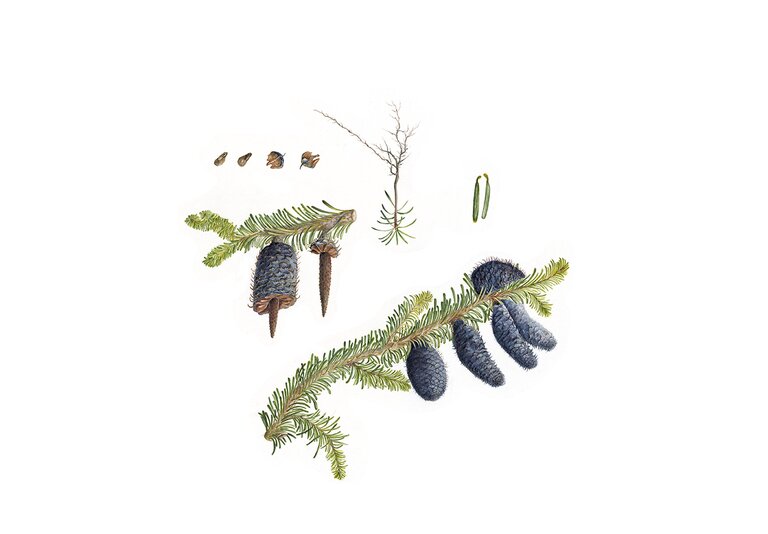
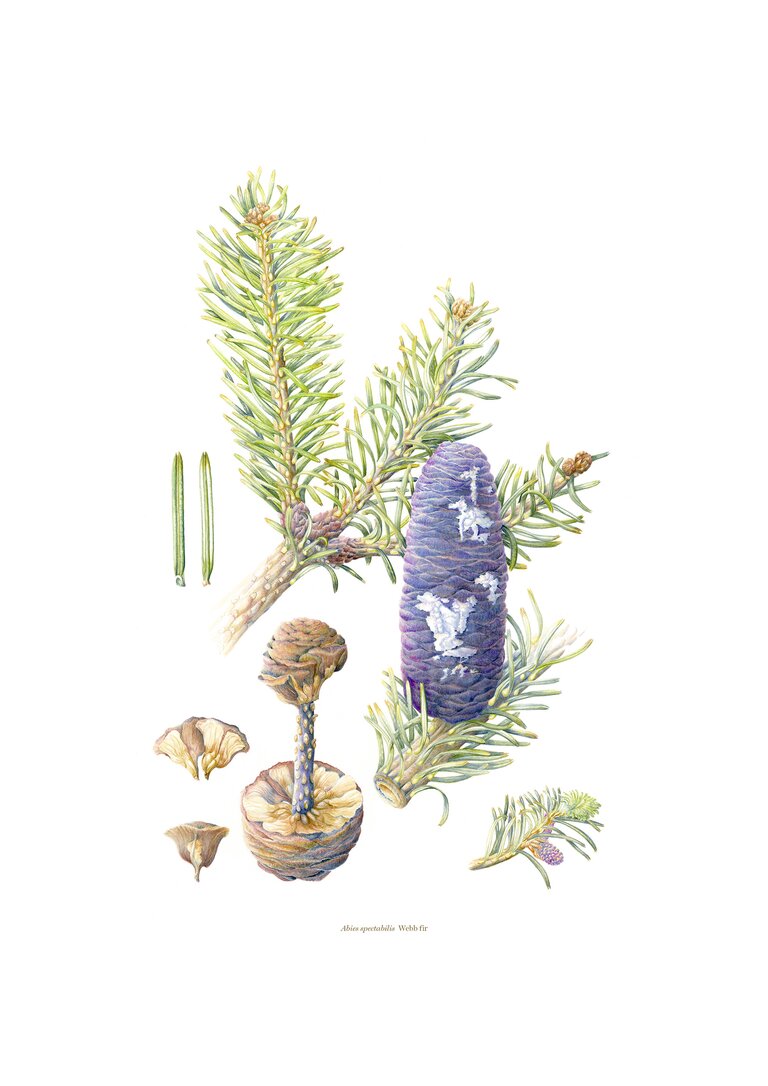

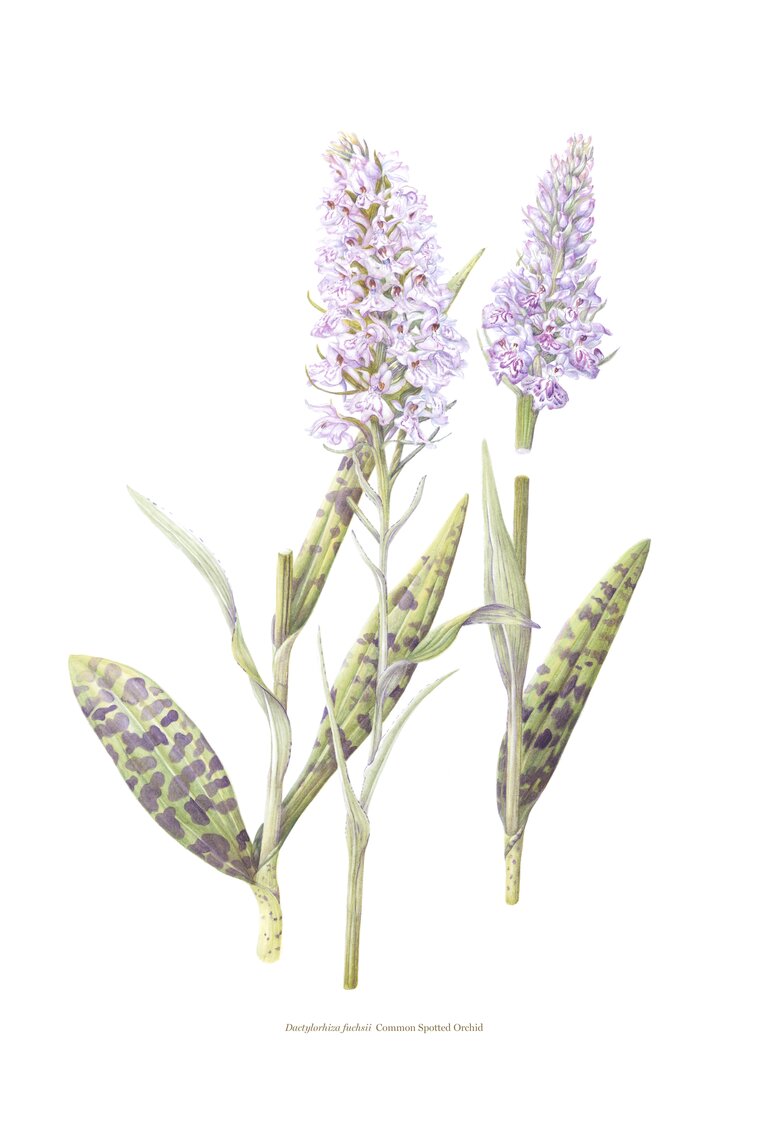

The Power of Trees exhibition
To celebrate our centenary in 2025, the Bedgebury National Pinetum Florilegium Society has painted 20 trees from the National Pinetum. Each of the chosen trees tells a unique story about the trees themselves or the work we do at Bedgebury. At the same time, the artwork serves as both a visual masterpiece and a scientific record, carrying forward the centuries-old tradition of botanical illustration.
The original artworks will be exhibited in The Power of Trees exhibition at Royal Botanic Gardens, Kew, from 12 April to 14 September 2025 and will inspire an outdoor print exhibition at Westonbirt National Arboretum in the autumn.
Botanic art tree trail
Discover the Botanic art tree trail at Bedgebury, inspired by The Power of Trees exhibition at Royal Botanic Gardens, Kew.
Use our interactive Google Maps trail to find living examples of the trees featured in the artwork. Click on each tree icon to explore its story and see its stunning painting, bringing art and nature together in the heart of the pinetum.


The art and science of the Florilegium
The Florilegium Society is dedicated to documenting plant species with scientific accuracy and artistic beauty. As founding member Pearl explains:
Being part of the florilegium is a lot of work and quite a commitment, but our work is really important to record a range of plant species. Our drawings are to scale and are of every part of the plant as it is viewed under a microscope, showing all the different colours, shapes and sizes that the naked eye may not necessarily see.
As a group, we clearly love what we do and have a shared love of art and nature. However, more than anything it is the place that inspires us. Spending time at Bedgebury and being with nature has a whole range of benefits, and I feel that the trees embrace you and you go away feeling happy.
Like Pearl, Margaret Brooker, another member of the society believes that special places such as Bedgebury can inspire anyone to create:
While botanical art is a highly specialist genre, I firmly believe that anyone can create art without having to be experts. We can all just enjoy being in nature; look, enjoy and absorb the surroundings. Then, if people feel inspired, they can create in many ways… sketches, rubbings, photos, plays… This is how we can all learn more about the natural world.
Try it yourself
If you'd like to try creating your own botanical art, but aren't sure how to get started, try taking some photographs in your local green space or garden and experiment using these ideas from Pearl and Margaret.
- When studying the plant or tree, break down the appearance into simple shapes. For example, an umbrella shape drawn would indicate a possible broad-leaf tree whereas an egg shape on top of a cylindrical shape may indicate a conifer.
- Thinks of silhouettes. By keeping the drawings initially simple you will begin to enhance your knowledge of the species of tree and how it grows.
- Start with quick ‘scribbly’ sketches, working lightly at first. It’s fine to go over lines and keep trying, as all the lines, shading and colour help towards understanding of the subject matter.
- Keep looking at the tree or view, don’t look too much at your drawing. Eventually, your understanding will find its way onto the paper.
- Look at light and shadows, they'll help your drawings become three-dimensional.
- Try drawing from memory when you get home from a walk.
- Sketch the same tree over a year, documenting the changing seasons.
- Focus on the details. Instead of painting the entire plant or tree, focus on the grain of the wood or the colour in a petal.
And of course, don't forget to share your creations with us on our Facebook page or over on Instagram.




